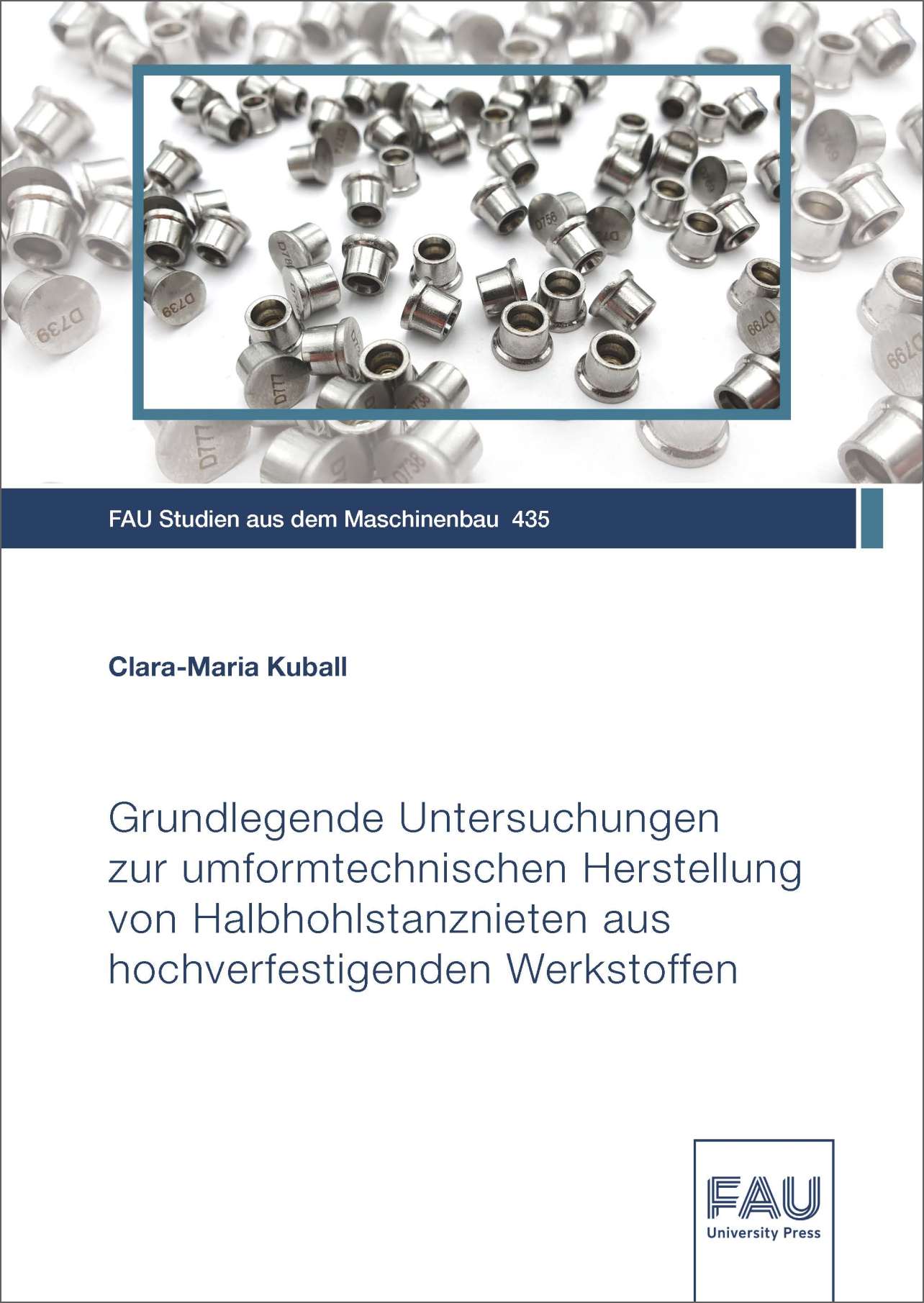Description
Against the background of the relevance of environmental protection, the transformation towards highly efficient, sustainable production processes has begun. Semi-tubular self-piercing riveting is a mechanical joining technology that is essential for the realisation of lightweight and multi material design. However, rivet production is energy-intensive, time-consuming and costly due to the necessary heat treatment and coating of the rivets. The use of high strain hardening stainless rivet materials makes the post treatment obsolete. Due to the high tool loads, the forming of such steels represents a major challenge, which is why a comprehensive understanding of the process is required.
The aim of this work was therefore to gain a basic process understanding for the forming of rivets using high strain hardening rivet materials. The main focus was on the identification and analysis of process- and material-related influencing variables on the forming process and the resulting rivet properties, which was realised on the basis of a combined experimental-numerical approach. The feasibility of manufacturing rivets from high strain hardening materials was proven. While conventional rivets exhibit homogeneous properties due to the heat treatment, the new rivets are characterised by graded mechanical properties. Thus, a basis for the production of rivets with tailored properties, which could be adapted according to the requirements of the joining process, has been created.


Reviews
There are no reviews yet.